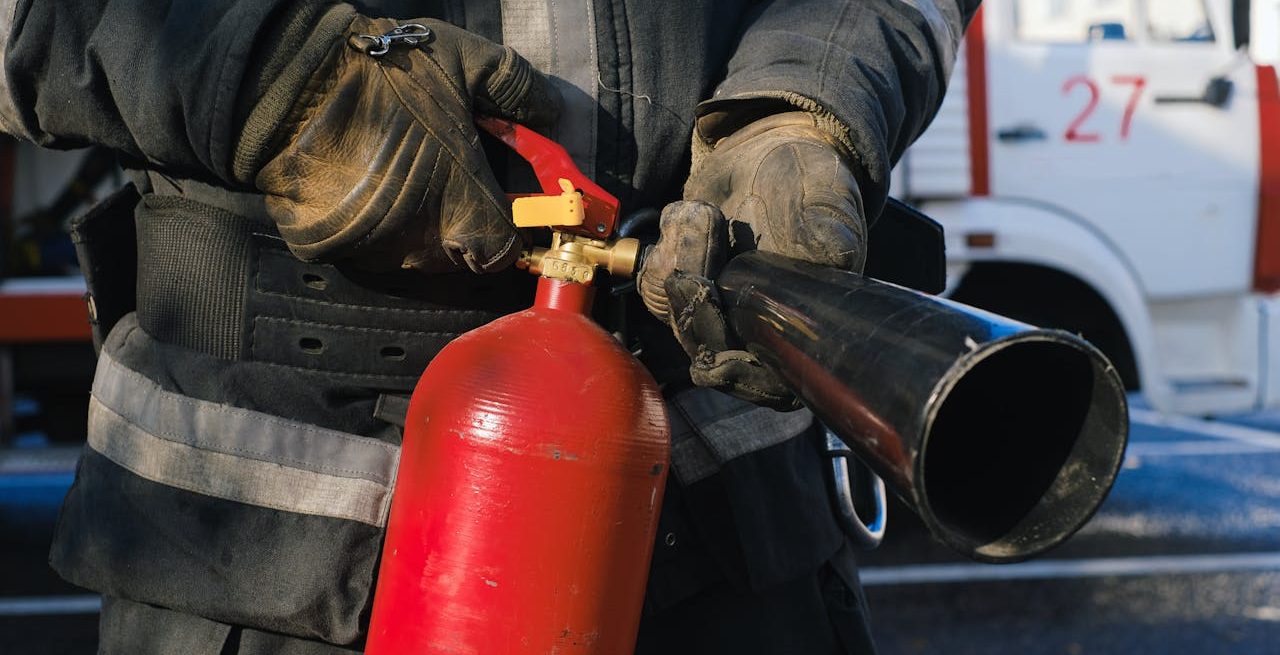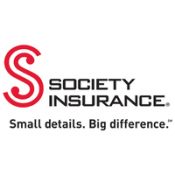Fire Prevention Week 2024 – Is Your Restaurant Safe?
3 Min Read By Society Insurance
As a result of the Great Chicago Fire that killed 250 people in 1871, the National Fire Protection Association has declared the public observance of Fire Prevention Week since 1922, marking more than 100 years this year of the public observance. The holiday was later cemented by President Coolidge, marking the longest-running public health and safety observance on record.
This year’s 102nd year of honoring Fire Prevention Week is held from October 6-12 with the theme: Fire Prevention Week 2024 – Smoke Alarms: Make Them Work For You!
Society Insurance has been working alongside business owners for more than a century, seeing first-hand the devastating effects a fire can have on the establishments that make communities great. In 2022, local fire departments responded to an estimated 1.5 million fires in the U.S. These fires caused 3,790 civilian fire deaths and 13,250 reported civilian fire injuries. The property damage caused by these fires was estimated at $18 billion.
Ahead of…
Sorry, You've Reached Your Article Limit.
Register for free with our site to get unlimited articles.
Already registered? Sign in!


